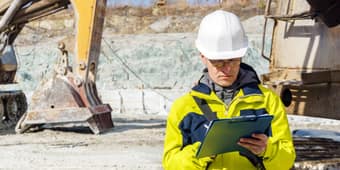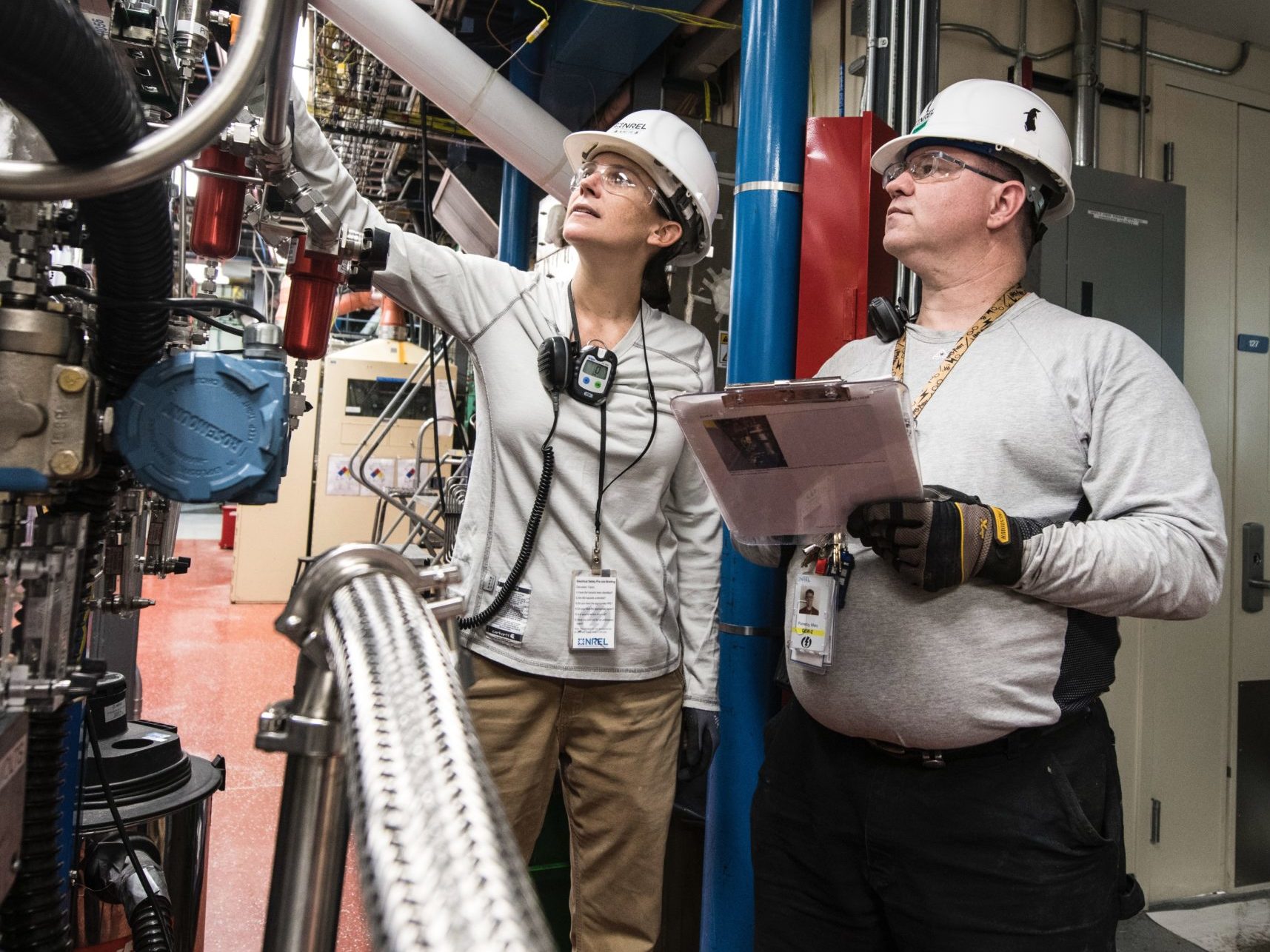Essential High Qualities of Effective Civil Consulting Engineers
Wiki Article
Recognizing the Comprehensive Duty of Geotechnical Engineers in Ground Examination and Soil Evaluation for Construction Tasks
Geotechnical designers are essential to the success of construction jobs, supplying crucial insights via detailed ground investigations and dirt evaluation. Their experience in evaluating dirt actions and using advanced screening techniques educates important choices that maintain architectural stability and safety and security.Duty of Geotechnical Engineers
The critical function of geotechnical designers in building and construction jobs can not be overstated, as they offer crucial understandings right into soil behavior and site conditions. These experts are entrusted with examining the viability of the ground for different types of frameworks, ensuring safety and security and security throughout the construction process. Their knowledge includes a variety of tasks, including site characterization, soil sampling, and research laboratory screening, which are critical for figuring out the physical and mechanical residential properties of the soil.Geotechnical engineers utilize their findings to develop fundamental layouts that suit load-bearing requirements and mitigate threats associated with dirt settlement, incline, and liquefaction stability. They play a critical role in identifying possible risks, such as groundwater fluctuations and contamination, which can significantly affect job feasibility. They team up with architects, civil designers, and professionals to make sure that geotechnical considerations are integrated into the general style and building and construction stages.
Ground Examination Methods
Ground investigation strategies develop the backbone of geotechnical engineering, allowing engineers to get a comprehensive understanding of subsurface problems. These techniques are essential for examining soil residential properties, determining groundwater degrees, and recognizing potential geological threats.Typical methods consist of borehole drilling, which enables the removal of dirt samples at numerous midsts, supplying crucial information for evaluation. Additionally, sitting testing methods, such as Basic Infiltration Tests (SPT) and Cone Penetration Tests (CPT), are used to assess soil toughness and thickness directly in the ground.
Geophysical methods likewise play a substantial role in ground examinations. Techniques such as seismic surveys and electrical resistivity tomography help examine subsurface qualities without comprehensive excavation. civil consulting engineers. These non-invasive techniques are particularly beneficial in delicate or big locations where disruption must be reduced
Moreover, exploratory trenches can be excavated to aesthetically check dirt layers and determine any type of anomalies. Each of these strategies adds distinct understandings, enabling geotechnical engineers to create precise site analyses and inform design decisions. In summary, a combination of these ground investigation techniques is essential for successful building and construction tasks, ensuring security and architectural honesty.
Dirt Analysis Techniques
Soil evaluation techniques are important for understanding the physical and chemical homes of dirt, which straight affect the style and construction of structures and various other structures. Numerous methods are employed to examine dirt qualities, guaranteeing that geotechnical designers get exact information for informed decision-making.One commonly used method is grain size evaluation, which determines the distribution of fragment sizes within a soil example. This is crucial for categorizing soil types and anticipating their behavior under lots. Another crucial technique is Atterberg limits screening, which assesses the plasticity and dampness material of fine-grained dirts, providing understandings into their engineering properties.

Area tests, such as Typical Infiltration Tests (SPT) and Cone Penetration Tests (CPT), deal valuable in-situ information relating to dirt stamina and stratification. Jointly, these dirt analysis approaches create the structure of geotechnical investigation, permitting engineers to make risk-free and efficient structures tailored to the specific conditions of the website.
Risk Mitigation Methods
Executing effective danger reduction techniques is crucial for geotechnical engineers to attend to possible difficulties in construction jobs. These methods are critical in determining, analyzing, and managing dangers connected with soil problems, site stability, and groundwater fluctuations, which can detrimentally influence job end results.One key strategy involves carrying out comprehensive website investigations that use innovative geophysical techniques and thorough dirt sampling. By obtaining exact data on subsurface conditions, engineers can make informed choices on layout and construction approaches. In addition, using predictive modeling devices allows for the simulation of different situations, allowing engineers to anticipate possible issues and apply precautionary steps.
Moreover, developing clear communication networks amongst task stakeholders promotes a collective strategy to run the risk of monitoring. Regular updates and consultations ensure that all parties are conscious of the advancing website conditions and can adapt their approaches as necessary.

Impact on Building Jobs
The performance of risk reduction methods straight influences the total success of building and construction projects. Geotechnical designers play a pivotal duty in this domain name, as their competence in ground investigation and soil evaluation notifies critical decisions throughout the building procedure. By properly analyzing soil problems and determining prospective dangers, these specialists enable project teams to create geo tech engineering effective solutions that minimize risks linked with ground instability, water seepage, and other geotechnical obstacles.The impact of thorough geotechnical evaluation appears in numerous facets of building jobs, consisting of expense monitoring, project timelines, and architectural stability. Early recognition of problems enables prompt interventions, lessening pricey delays and budget overruns. A thorough understanding of site conditions enhances the layout and engineering process, ensuring that frameworks are built to hold up against environmental pressures and potential natural catastrophes.
Eventually, the contributions of geotechnical designers are integral to the successful implementation of construction tasks. Their work not just fosters security and compliance with regulations but also enhances the long-lasting sustainability of frameworks, ensuring that they perform properly throughout their desired life expectancy. The cooperation between various other stakeholders and geotechnical groups is important for accomplishing optimum results in construction ventures.
Verdict
To conclude, geotechnical designers do a crucial feature in building projects through detailed ground examinations and dirt analyses. Their knowledge in assessing dirt habits, employing various examination methods, and executing danger reduction approaches dramatically contributes to the architectural stability and security of constructed settings. By working together with multidisciplinary groups, these professionals improve project effectiveness and guarantee compliance with safety and security requirements, inevitably causing successful building end results and reduced possible threats.Geotechnical designers are integral to the success of building jobs, supplying essential understandings with extensive ground investigations and dirt evaluation.The essential role of geotechnical designers in building and construction tasks can not be overemphasized, as they supply important insights right into dirt actions and website problems. Their experience includes a large array of tasks, including website characterization, soil tasting, and lab screening, which are crucial for establishing the mechanical and physical buildings of the dirt.
By properly assessing dirt problems and determining potential risks, these specialists enable project groups to design efficient remedies that decrease risks connected with ground instability, water seepage, and various other geotechnical challenges.
In verdict, geotechnical engineers perform a crucial function in building tasks via comprehensive ground investigations and soil evaluations.
Report this wiki page